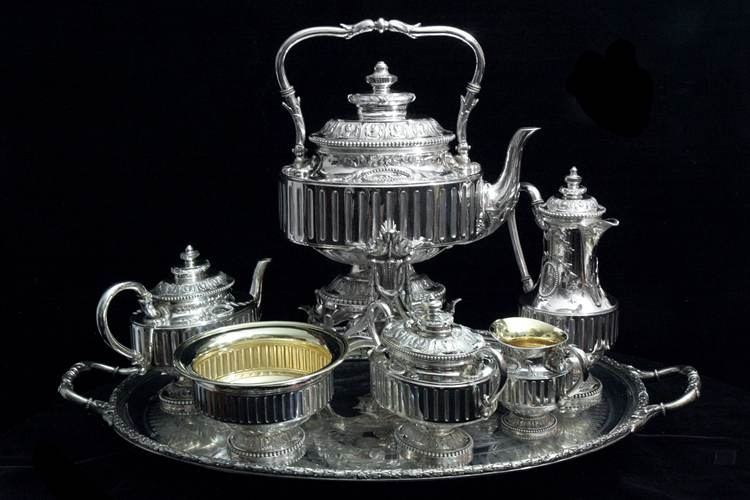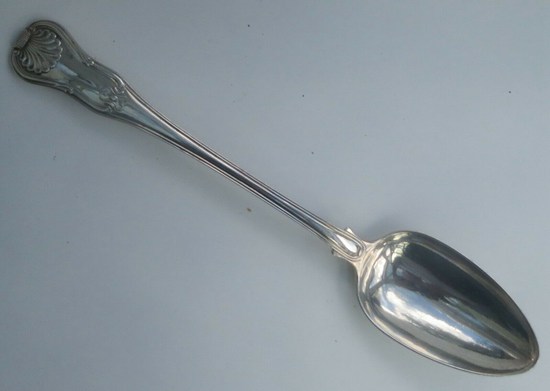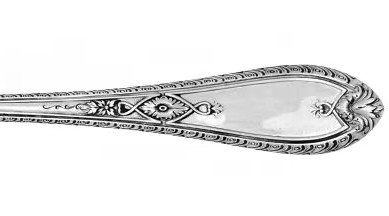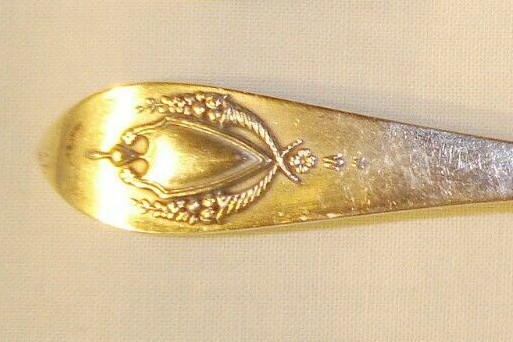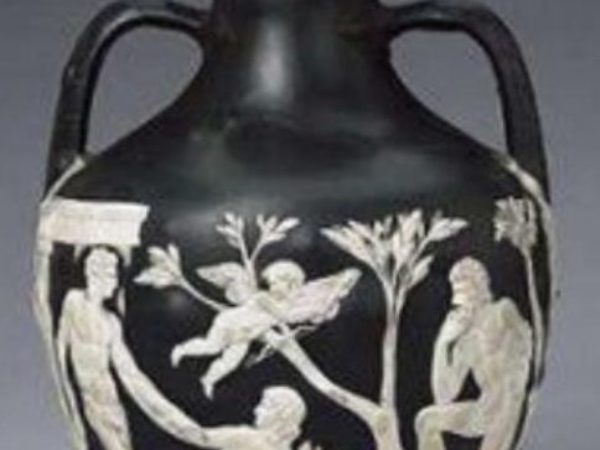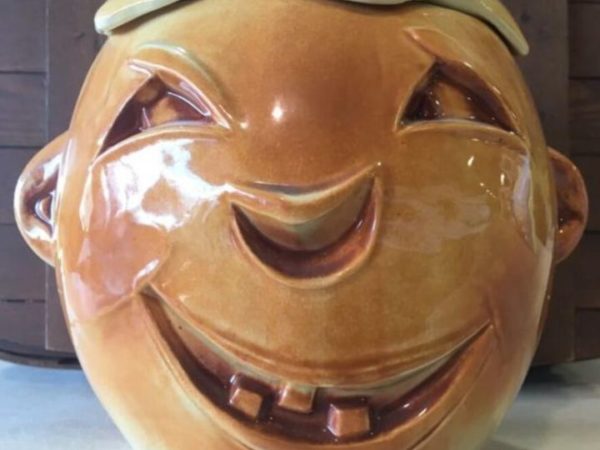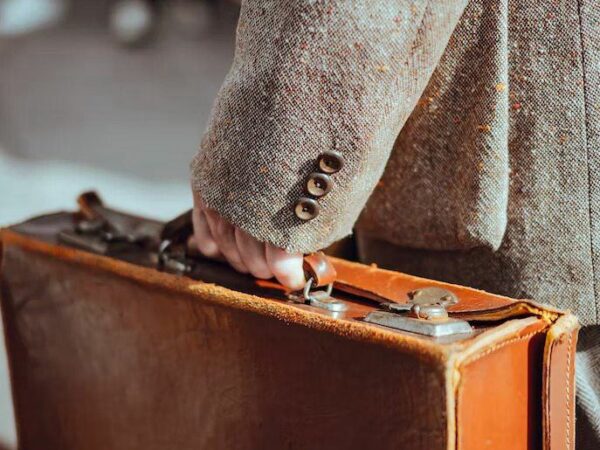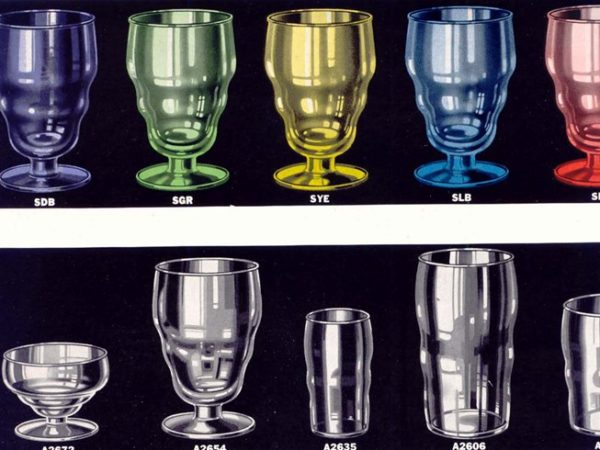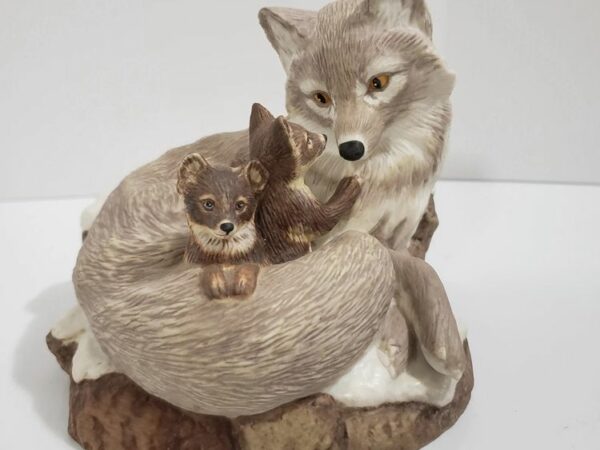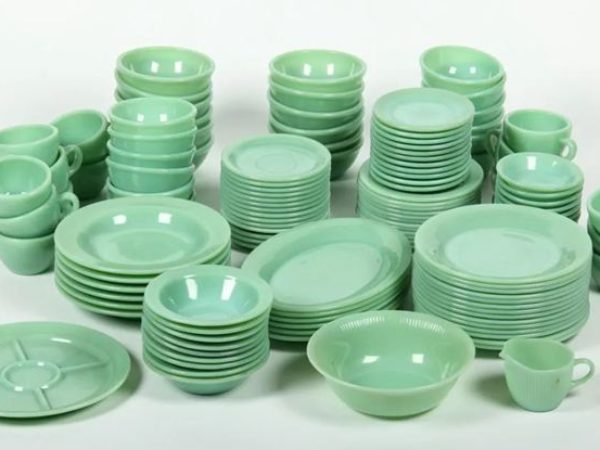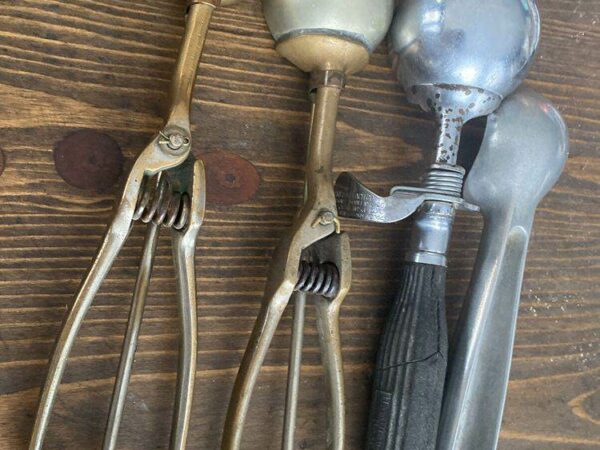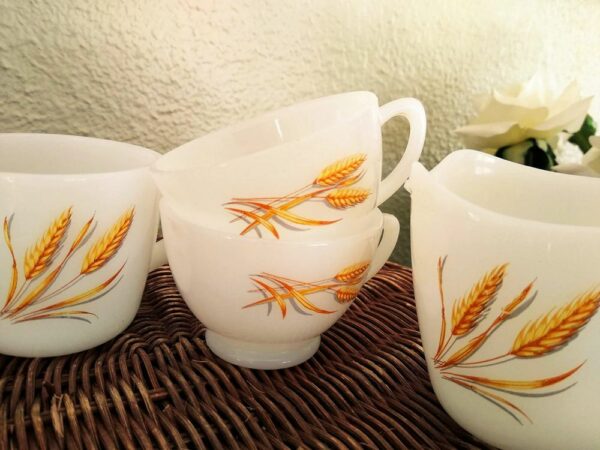So, are you considering getting an Antique Sterling Silver Flatware? Well, they are totally worth it. Antique Sterling Silver Flatware is more than just kitchen utensils. They are of high value. Especially those with popular patterns.
Whether you are collecting these Antique Sterling Silver Flatware to satisfy your obsession for antique flatware or to upgrade your kitchenware, they are worth it, and here is a guide to determine their values.
Table of Contents
What is Antique Sterling Silver Flatware?
Do you call them flatware, silverware, or kitchen cutlery? They are all the same. When we say antique, we are referring to items that their age has added so much value and worth to them.
Antique silver flatware, well, they are spoons, forks, and other kitchen utensils made from silver or, at least, are silver-plated. If it is the former, it has to be sterling silver because 100% silver is not recommended to eat with. Sterling silver, on the other hand, is a combination of pure silver and copper in 92.5% and 7.5%
The Germans came up with sterling silver flatware to beat the short lifespan of pure silver flatware. One thing peculiar to these pieces is that they are mostly passed as a family heirloom from one generation to the next.
How to Identify an Antique Sterling Silver Flatware?
All that glitters is not gold or silver, instead. Actually, in this case, what is not silver will glitter more. Try this, pick any flatware from your kitchen and rub it with a cloth or towel. The shinier it is, the less silver in it. Actual silver forms tarnish when wiped.
Sterling silver reacts similarly to pure silver. There are more ways you can identify an Antique Sterling Silver Flatware, of which one of them includes their patterns. Other ways to identify pure antique sterling silver flatware are:
Watch out for the manufacturer’s mark and other imprints.
If you possess antique sterling silver flatware, the first thing you would want to do to determine its originality is check out for the manufacturer’s mark. But before that, you should check the back of the silverware for imprints of “ster,” “925”, “92.5%,” or “sterling.”
If your flatware has “A1” or “IS” on it, it identifies as silver-plated
If your sterling silver flatware doesn’t have any of these marks, it doesn’t contradict its originality. Other marks and imprints identifying the manufacturer might be on it too. Typically, original sterling silver flatware should have a significant mark imprinted on them. So, take your time, wipe your silverware, and carefully look for that mark or symbol.
Popular antique sterling silver flatware manufacturers you should look out for are:
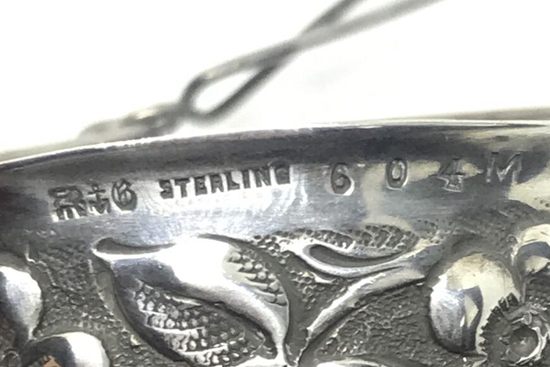
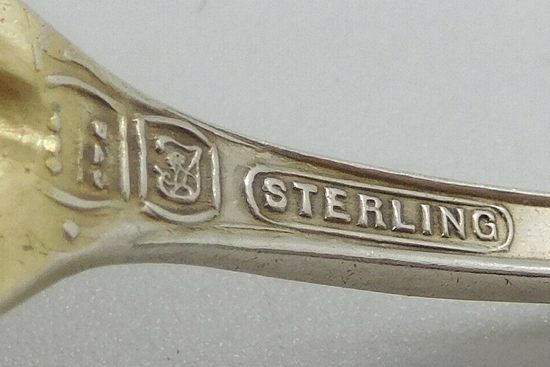
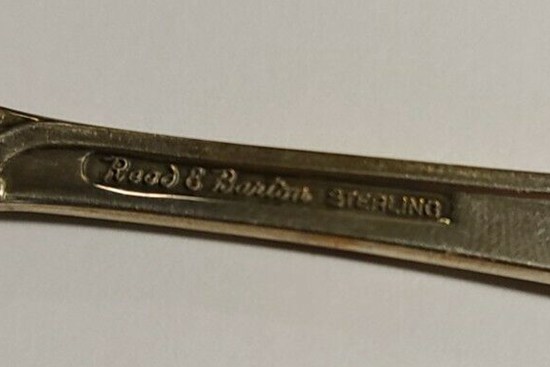

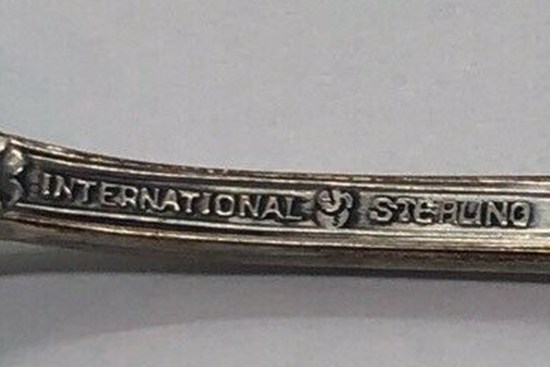
Determine the Pattern
Now you have found some patterns and marks at the back of your flatware. But are they enough to identify that flatware as antique sterling silverware? It’s simple, and you will need the internet here.
All you have to do is surf the internet for antique sterling silverware marks and patterns. Compare images of the results you get with that on your silverware and look for logos and symbols that match.
1. Age
Since we are talking antique, age is an essential factor. We are in the 21st century, and some items are no longer in vogue or are simply out of place in society. If you have an antique set of silverware containing special forks or spoons, like forks for picking nuts and the likes, we know such utensils are no longer in use, so what do they tell you?
If you find such items in your sterling silver flatware, then you must have been born with a silver spoon. Such items indicate the age of your silverware. Say you have a particular item in your flatware set last in vogue in the 15th century. There’s a high probability that it is original antique sterling silver flatware.
In essence, the older the flatware, the higher the likeliness of its originality.
2. Test with a magnet
Metals in their natural state don’t get attracted to magnets, even when they are combined with little quantity of other materials. Silver is one of these metals. Sterling Silver is a product of silver and copper, so scientifically and naturally, it should not be attracted to magnets.
If any piece of your sterling silverware pulls when placed close to a magnet, it is either another material coated with silver paint or just steel.
How to Identify the Value of an Antique Sterling Silver Flatware?
Oh, so now you are confident that you have some antique sterling silver flatware in your possession, what are you going to them? Dine with it, store it or trade it for money. Whichever one the answer is, you are curious to find out its value; that’s how you got to this page.
No worries at all, you will get what you want here. The worth of antique sterling silver flatware is based on different characteristics the item has. Also, there are other factors that affect the value of these items.
- Check the pattern out.
The engravings on your antique sterling silver flatware go a long way in determining the value of the silverware. Some patterns are very common and, as such, attract low value. Sterling silver flatware with rare patterns holds the highest value.
If you have an antique sterling silver flatware with an engraving of Initials or monograms and you think it is worth a fortune, unfortunately, it is anything but that. However, such flatware is still somewhat valuable, but they are gradually losing value with no buyers or collectors on the market.
- Check its weight
Just like gold or any other high-priced valuable, its weight is in direct proportion to its worth. When you want to sell your sterling silver flatware, the appraiser will surely want to know its weight is to ascertain its value.
The table fork is usually the heaviest item in any set of sterling silver flatware.
- Determine if it is a set or in pieces.
If there’s a set of antique sterling silver flatware in your home, complete or not, it will attract more value than items in pieces or a collection of odd items. If you fall in the latter category, how do you make the most out of it?
Gather all the pieces together, wipe them clean and shiny, check for all pieces with similar patterns and collect them together. Remember, they worth more in a set or collections than odd pieces.
- Its canteen
If a pair of shoes comes with a box or container, it will surely cost more than a pair without a box. The same applies to your antique sterling silver flatware. Its canteen is the container your sterling silver flatware is contained in.
If your set of sterling silver flatware comes with a canteen, it may be considered as an upgrade, and the value goes up too.
- Its overall condition
The condition of your antique sterling silver flatware is a significant determinant of its value. If the sterling silver flatware with you is not in good condition, not well kept or maintained, it is possible that not a single appraiser will buy your silverware.
What if they are in good condition? Not only will you have buyers rushing your antique flatware, but you can organize an auction for the highest bid. To maintain the value of your sterling silver flatware, you should dry it after wash to avoid rust. Polishing is also an effective method of maintaining antique sterling silver flatware.
- Check for ivory handles.
The handles of your sterling silver flatware can be bone, plastic, or ivory. Sterling silver flatware with ivory handles is always the most valuable. Identifying the material your sterling silver flatware handle is made of might require you to have a very close look at it.
Identifying sterling silver flatware antique patterns
Most sterling silver flatware has patterns. These patterns are used to identify the manufacturer of the flatware, determining the year it was first created and what it is worth.
- The Georgian pattern – first created in 1898 by Towle, its handle has curved capitals designed on its top edges. At the top and the body of the fork, there are roses and a rose motif along the handle.
- International Madrid pattern – first created in 1927. It is a simple pattern with etched edges.
- The Mt. Vernon pattern – in 1900, Adolphus designed this flatware to have a floral top with beads surrounding it.
- George III pattern – by Frank Whiting.; this pattern is from 1891 with extravagant designs. If you can see shells, acanthus, and leaves on your flatware, it is the George III pattern.
- The bridal rose pattern – from the name, you know what to expect. Filled with roses and designed to look feminine. Alvin created the bridal rose pattern in the 1900s.
Conclusion
Antique Sterling silver flatware is a desirable and valuable piece. A lot of factors play on the value of these items. To this end, you can expect silver flatware to meet up to some qualities and values and still not worth enough monetary value. For instance, a set in a pretty heavy canteen will be worth a reasonable amount, but it might not worth up to half with the inscription of initials on it.
